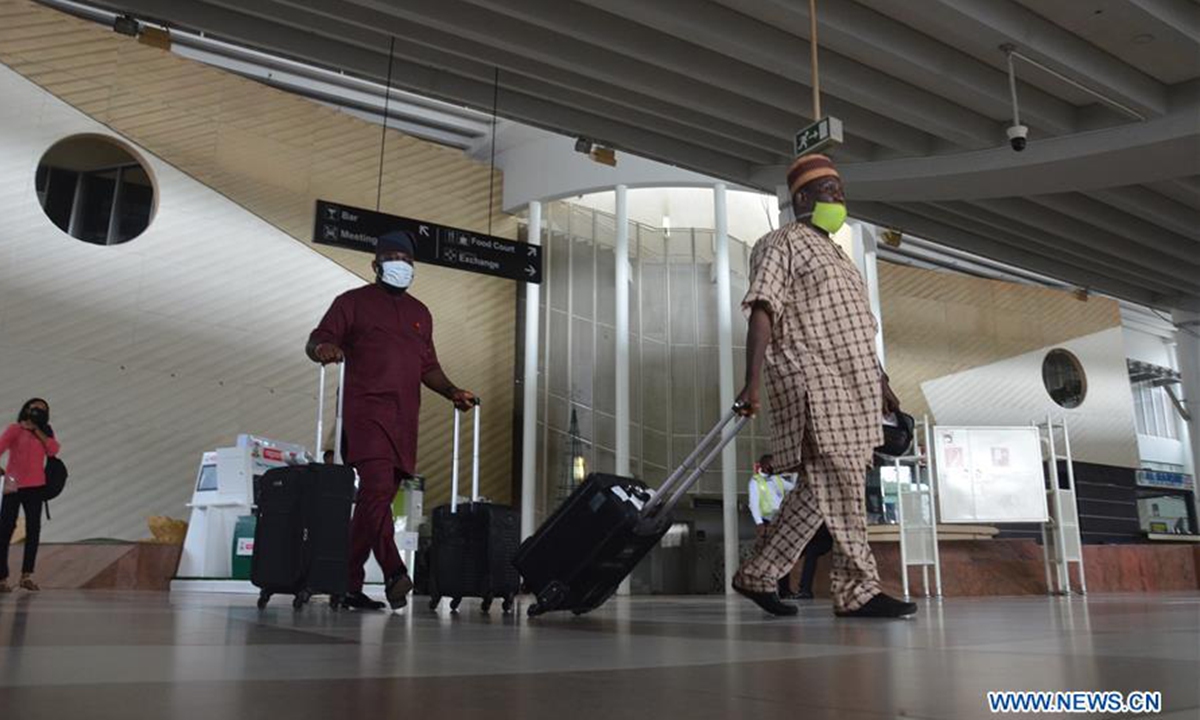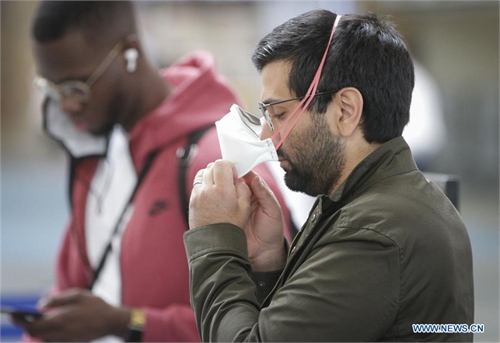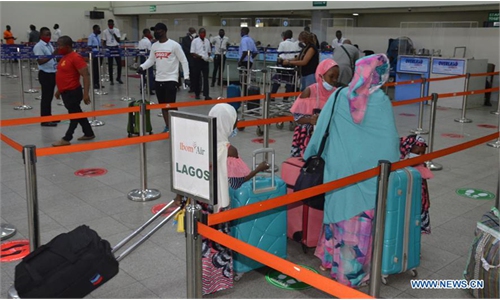With COVID-19 ravaging the aviation industry, airlines and airports worldwide are reining in costs and halting new spending, except in one area: reassuring pandemic-wary passengers about travel.

The airport is working with American Airlines, whose home base is DFW, to roll out a self-check-in for luggage, and all of its restrooms will be entirely touchless by the end of July with technology developed by Infax Inc. They will have hands-free sinks, soap, flushing toilets, and paper towel dispensers, which will be equipped with sensors to alert workers when supplies are low.
"One of the biggest complaints airports receive are restrooms," Donohue said.
Dallas is piloting three technology options for luggage check-ins: Amadeus's ICM, SITA, and Materna IPS.
DFW has become the world's busiest airport, according to figures from travel analytics firm Cirium, thanks in part to a strategy by large global carrier American to concentrate much of its pandemic flying through its Texas hub.
In 2019, DFW rolled out biometric boarding, where your face is your boarding pass, for international flights and is taking advantage of the lull in international traffic to work with US Customs and Border Protection to use the VeriScan technology for arriving passengers too, he said.
Delta Air Lines opened the first US biometric terminal in Atlanta in 2018, and some airports in Europe and Asia also use facial recognition technology. It has spurred some concerns, however, with a US government study finding racial bias in the technology and the European Union earlier in 2020 considered banning it in public places over privacy concerns.
The Dallas airport is testing new technology around better sanitization, beginning with ultraviolet technology that can kill germs before they circulate into the HVAC system. But it has deployed electrostatic foggers and a "hit team" of 150 people, who go through the terminals physically sanitizing high-touch areas.

Passengers walk in the terminal building at the airport in Abuja, Nigeria, on Wednesday. Photo: Xinhua
"Whatever the new normal... it's going to be more and more around self-service," Sean Donohue, chief executive of Dallas-Forth Worth International Airport (DFW), told Reuters in an interview.The airport is working with American Airlines, whose home base is DFW, to roll out a self-check-in for luggage, and all of its restrooms will be entirely touchless by the end of July with technology developed by Infax Inc. They will have hands-free sinks, soap, flushing toilets, and paper towel dispensers, which will be equipped with sensors to alert workers when supplies are low.
"One of the biggest complaints airports receive are restrooms," Donohue said.
Dallas is piloting three technology options for luggage check-ins: Amadeus's ICM, SITA, and Materna IPS.
DFW has become the world's busiest airport, according to figures from travel analytics firm Cirium, thanks in part to a strategy by large global carrier American to concentrate much of its pandemic flying through its Texas hub.
In 2019, DFW rolled out biometric boarding, where your face is your boarding pass, for international flights and is taking advantage of the lull in international traffic to work with US Customs and Border Protection to use the VeriScan technology for arriving passengers too, he said.
Delta Air Lines opened the first US biometric terminal in Atlanta in 2018, and some airports in Europe and Asia also use facial recognition technology. It has spurred some concerns, however, with a US government study finding racial bias in the technology and the European Union earlier in 2020 considered banning it in public places over privacy concerns.
The Dallas airport is testing new technology around better sanitization, beginning with ultraviolet technology that can kill germs before they circulate into the HVAC system. But it has deployed electrostatic foggers and a "hit team" of 150 people, who go through the terminals physically sanitizing high-touch areas.



